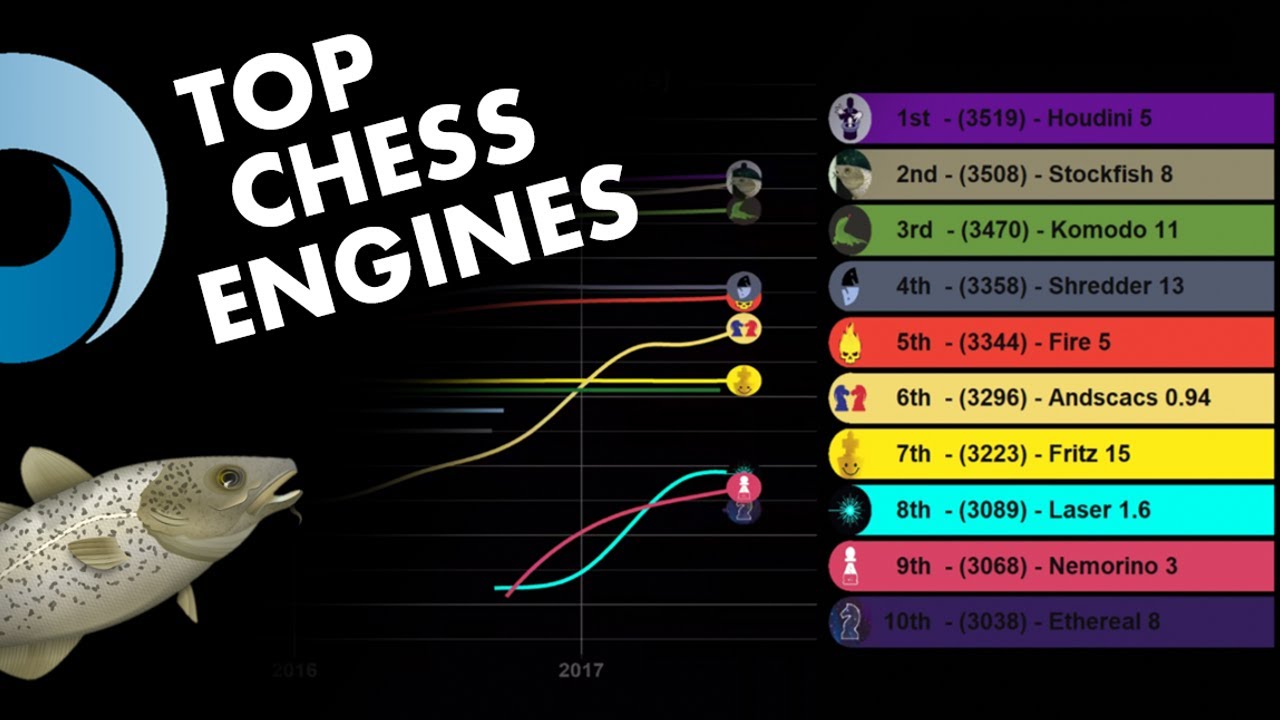How did the Chess engines develop in the last decade ?

In the past decade, chess engine development has seen significant advancements in terms of both speed and strength. This progress can be attributed to a combination of factors, including the increased availability of computing power, advances in machine learning techniques, and the contributions of a dedicated community of chess engine programmers.
One of the most significant developments in chess engine development in the past 10 years has been the increased use of machine learning techniques. Chess engines have long relied on rule-based systems and pre-programmed evaluations to determine the best move in a given position. However, recent advancements in machine learning, particularly deep learning, have allowed engines to learn from large amounts of data and improve their play over time.
Another major advancement has been the increase in computing power. This has allowed chess engines to process more data and make calculations more quickly. The increased power has also allowed engines to use more complex algorithms, such as Monte Carlo tree search, which was not possible with previous hardware.

One of the most notable chess engine in recent years is Stockfish, it’s open-source and it’s considered one of the best chess engines available today. It has consistently ranked among the top engines in the world and has won multiple computer chess championships. The engine is developed by a team of volunteer programmers and has been released under the GPL license, making it available for anyone to use and modify.
What happened when Magnus Carlsen played a chess engine ?

On October 29, 2014, the chess world witnessed a historic match between the reigning World Chess Champion, Magnus Carlsen, and the chess engine, Stockfish. The match, which was held at the Google headquarters in Mountain View, California, was the first time that a reigning world champion had played against a computer at classical time controls.
The match consisted of eight games, with Carlsen playing as white in four games and black in the other four. Each game had a time control of 100 minutes for the first 40 moves, and an additional 50 minutes for the remaining moves, with a 30-second increment per move.
The match was highly anticipated, as it pit the best human player against the best computer chess program. Carlsen, who was ranked as the number one player in the world at the time, was considered to be a heavy favorite to win the match. However, the chess engine, Stockfish, which was considered to be one of the strongest chess engines in the world, was also expected to put up a strong challenge.
The match began with a series of draws, with Carlsen and Stockfish unable to break through each other’s defenses. However, in the fifth game, Carlsen managed to secure a win against the computer, putting him ahead in the match with a score of 3-2.
Despite the loss, Stockfish continued to put up a strong fight, and in the seventh game, the engine managed to secure a win against Carlsen. This brought the score to a tied 3-3, with one game remaining.
In the final game, Carlsen played with the black pieces and managed to secure a draw, which gave him a 4-3 victory in the match. This was a historic moment in the world of chess, as it marked the first time that a reigning world champion had defeated a computer at classical time controls.
The match between Magnus Carlsen and Stockfish was a significant event in the world of chess, as it showcased the incredible abilities of both the best human player and the best computer chess program. It also highlighted the progress that has been made in the field of computer chess and the ongoing competition between human and artificial intelligence.
This match also showed how much the chess engines have improved, as Stockfish was able to hold its own against the best player in the world. The chess engine was able to secure a win in one game and several draws, showing that the gap between the best human and the best computer chess program is closing.
Conclusion
The match between Magnus Carlsen and Stockfish was a historic event that showcased the incredible abilities of both the best human player and the best computer chess program.
This match also highlighted the progress that has been made in the field of computer chess and the ongoing competition between human and artificial intelligence. It showed that computer chess has come a long way and that the gap between the best human and the best computer chess program is closing.